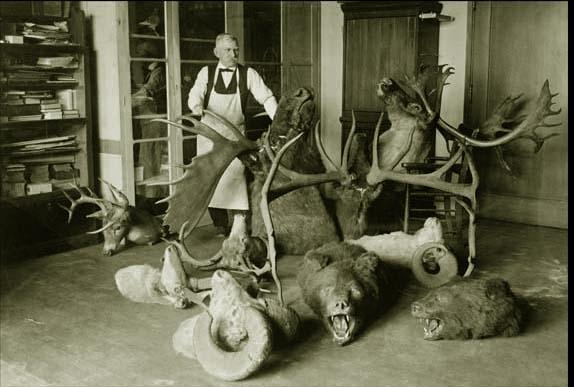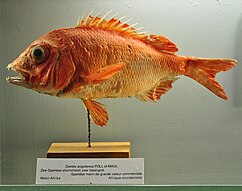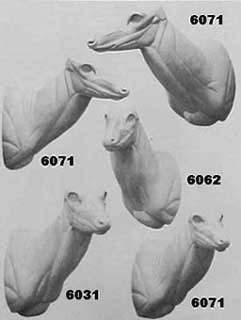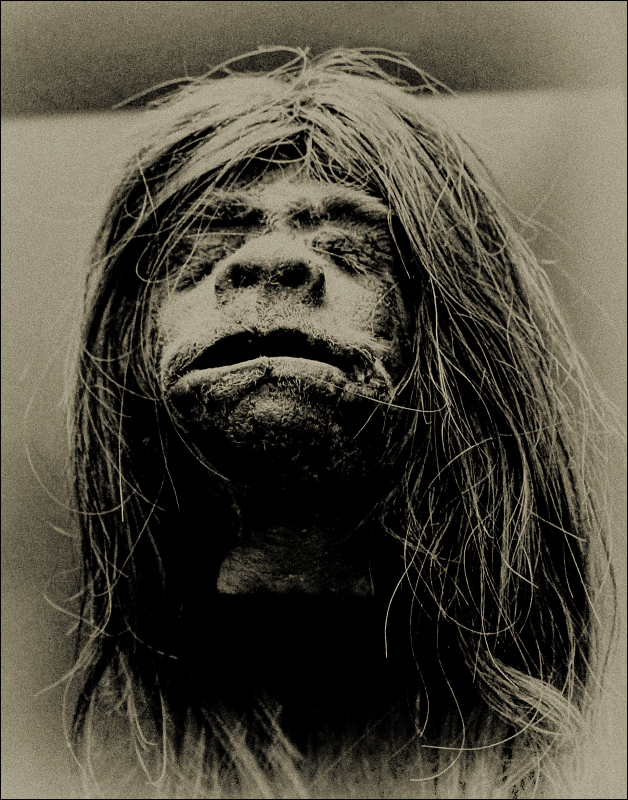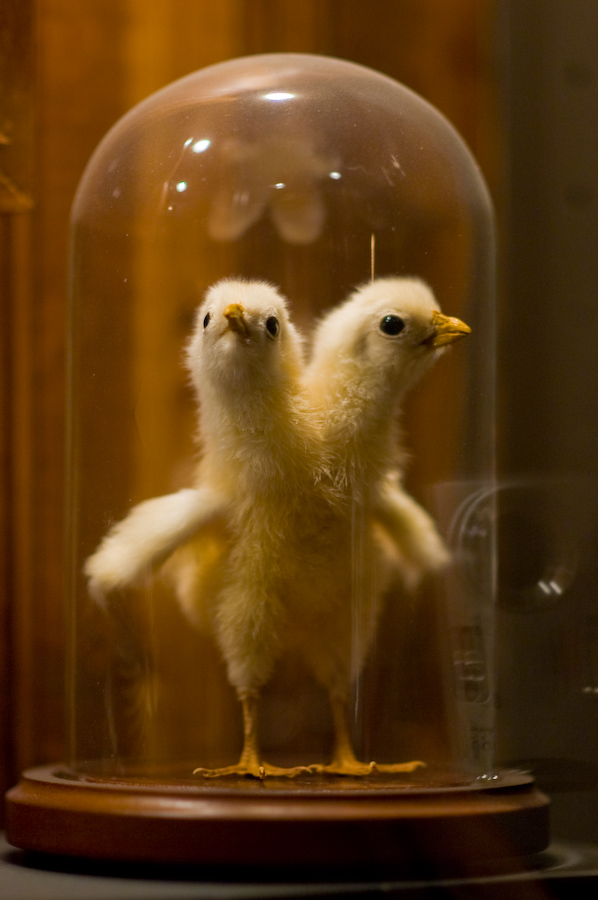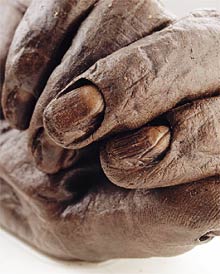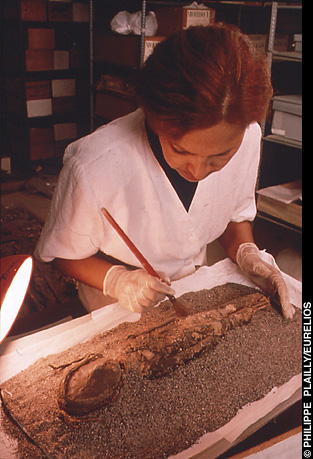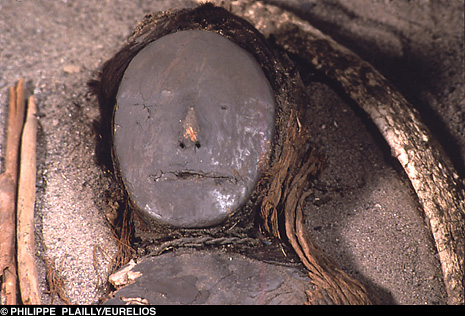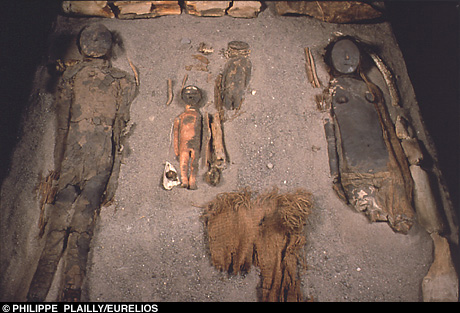Method for Making a Tsantsa or Shrunken Head
1) To begin creating a Tsansa, or “shrunken head”, the head must first be removed from the body. A cut is made in the shape of a “V” on the front side of the neck ending between the nipples, the skin is peeled back, and the
viscera within the neck are cut as much as possible(Jandial,Hughes, Aryan, Marshall, & Levy, 2004). An incision is then made in the back between
cervical vertebrae near the base of the neck(Jandial,Hughes, Aryan, Marshall, & Levy, 2004). The head is then brought back to camp by the victims hair or with a handle strung through the mouth and out the neck(Jandial,Hughes, Aryan, Marshall, & Levy, 2004) for the shrinking process to begin.
2) Two people start out the process by removing a victims
scalp from the skull by making an incision and pulling away the flesh; any tough to remove
cartilaginous bits like ears and noses are disconnected with sharpened wooden pins also used to remove the eyes(Jandial,Hughes, Aryan, Marshall, & Levy, 2004). This whole process only takes about 15 minutes to complete and the skull is discarded once the flesh is removed(Jandial,Hughes, Aryan, Marshall, & Levy, 2004).
3) The preservation process amongst the Shuar is one shrouded in ritual with chanting and many rules to be followed. This next step involves the headman retrieving water in a ceramic pot large enough for one head from a river while he says: “I take the water of the boa”(Jandial,Hughes, Aryan, Marshall, & Levy, 2004). A fire is built to warm the water and as it warms, the headman chants while dipping the head into the water three times with the warriors hands placed on top of his(Jandial,Hughes, Aryan, Marshall, & Levy, 2004).
Steeping of the head then takes place for 15-20 minutes as onlookers wait in silence for the water to boil after which the pot is taken off the hot flames(Jandial,Hughes, Aryan, Marshall, & Levy, 2004). A stick is used to take out the skin so that it may be dried and the vessel, like the skull, is also discarded(Jandial,Hughes, Aryan, Marshall, & Levy, 2004)after the steeping process.
4) More ritual processes take place but none to do with the flesh being preserved. Once these ceremonial rites have been completed, the skin is retrieved, the hair is bound to the scalp, and holes are pierced at the bottom of the neck to form a vessel or pouch(Jandial,Hughes, Aryan, Marshall, & Levy, 2004). The eyelids and mouth are then
sutured, leaving a single opening at the bottom of the neck(Jandial,Hughes, Aryan, Marshall, & Levy, 2004). This empty skin sack is then filled with heated stones and sand which is shaken to push the sand and rocks down into every crevice; this is repeated for hours while participants chant: “I am pouring sand”(Jandial,Hughes, Aryan, Marshall, & Levy, 2004). Flesh on the exterior is also heat-treated with a large flat stone, thus completing the process(Jandial,Hughes, Aryan, Marshall, & Levy, 2004). Heat, in this circumstance, aids in both the drying of flesh and in the killing of bacteria.
Methods for Making Chinchorro Mummies
Chinchorro mummies may be classified in two basic ways: by color and exterior appearance (red, black, mud) or using the
typology created by German scientist
Max Uhle and expanded by Allison et al. (1984) and Arriaza et al. (1986)(Aufderheide, Munoz, & Arriaza, 1993) to include a fourth kind.
Red Mummies – The red mummies are unique in that instead of having their flesh removed, they have simply been hollowed out with all organs removed and replaced with stuffing material(Arriaza, Doubrava, Standen, & Haas, 2005). They had black or red looking painted clay face with alert expressions, open mouths, and very long human hair wigs(Arriaza, Doubrava, Standen, & Haas, 2005). Red ochre was used to give them a red appearance, making them the most visually impressive(Arriaza, Doubrava, Standen, & Haas, 2005). Red mummies date back to ca. 2500-2000 BC(Arriaza, Doubrava, Standen, & Haas, 2005).
Black Mummies – This style of Chinchorro mummification dates back to ca. 5050-2500 BC and are quite a rarity in modern times due to the fragility of clay that has not been heat-treated(Arriaza, Doubrava, Standen, & Haas, 2005). It was the most complex of the three because the body went through a full treatment of dismemberment, flesh removal, stuffing, bone and joint reinforcement, skeletal rebuilding, modelling with grey clay, skin replacement, addition of a short human hair wig, and a clay mask(Arriaza, Doubrava, Standen, & Haas, 2005). They were then painted with manganese dioxide, giving them their signature black and shiny appearance(Arriaza, Doubrava, Standen, & Haas, 2005).
Mud Mummies – Mudcoated mummies received various treatments when it came to how the body was prepared during mummification and were coated in a
sand-cement mud(Arriaza, Doubrava, Standen, & Haas, 2005).
Max Uhles typology of Chinchorro mummies based upon his excavated specimens and the chosen method of preservation(Aufderheide, Munoz, & Arriaza, 1993) goes as follows:
Type I – Almost a natural mummification in the sense that there is little to no human conservation efforts with limited furs and wrappings used(Aufderheide, Munoz, & Arriaza, 1993).
Type II – This classification of Chinchorro mummy was quite complicated and went through many processes such as flesh removal, evisceration, stuffing, and body reconstruction and also wore masks, had painted faces, and wigs made of wool or hair(Aufderheide, Munoz, & Arriaza, 1993).
Type III – Evisceration was rare in these mummies and their extremities were not dissected; bodies encased in sand-cement shell(Aufderheide, Munoz, & Arriaza, 1993).
Type IV (addition) – This typology is an addition by Allison et al. (1984) and Arriaza et al. (1986) which is used for mummies that have been eviscerated and filled with clay but have had no other alterations (Aufderheide, Munoz, & Arriaza, 1993).
2) In treatment of the head the brain was usually removed, like in other forms of mummification, with the inclusion of the viscera(Aufderheide, Munoz, & Arriaza, 1993). Embers or hot ash were used to remove remaining tissue with the same kind of stuffing used afterwards as in the trunk but the Chinchorro generally favoured clay for the heads(Aufderheide, Munoz, & Arriaza, 1993). Sometimes hide was used to cover the face or entire head, where as other times the face was
amputated and covered with a simple clay mask held in place by
vegetal chords(Aufderheide, Munoz, & Arriaza, 1993). These masks were then painted with
ochre resulting in a red colour, or with
manganese dioxide resulting in a spectacular black colouring and were then attached to the bodies(Aufderheide, Munoz, & Arriaza, 1993). When it came to the mummification of infants, little care was taken in replacing cranial bones but a hair wig was added as with adults(Aufderheide, Munoz, & Arriaza, 1993). Often an infant's original scalp was stretched over a clay head but at times skin from other areas or animal hide was chosen(Aufderheide, Munoz, & Arriaza, 1993).
3) When it comes to
extremities, the more complex mummies had all of the flesh removed from the bones and the
condyles were sometimes abraded or flattened with cording being used to create joint rigidity(Aufderheide, Munoz, & Arriaza, 1993). Joints were also sometimes stabilized with a stick running from head to toe or with hide wrapping around the joints(Aufderheide, Munoz, & Arriaza, 1993). Stuffing of extremities often involved the same material as the head and torso but also included vegetal matter, sand, and more hides with the black manganese being painted on the inside as well(Aufderheide, Munoz, & Arriaza, 1993). Once completed, the arms were wrapped separately and then bound to the body; legs remained in the normal extended position(Aufderheide, Munoz, & Arriaza, 1993). Less complex mummies often did not go through every stage of preparation and the extremities were just wrapped with hide or treated with sand-cement(Aufderheide, Munoz, & Arriaza, 1993).
4) The last layer or external surface often received differential treatment. Some types of Chinchorro mummies have been covered using their own skin which may have been initially removed and then replaced after the aforementioned preservation processes have been completed(Aufderheide, Munoz, & Arriaza, 1993). Other mummies were covered in animal hides and sometimes even with bright orange pelican skin or, in the case of mud mummies, were encased in a layer of sand-cement(Aufderheide, Munoz, & Arriaza, 1993). When it came time to bury the preserved mummies, the bodies were buried in the sand upon a reed mat(Aufderheide, Munoz, & Arriaza, 1993). This dry sand would further aid in the preservation of the mummified specimens. Bodies were placed in the
extended position but by about 4000 years BP, significant
flexion can often be seen in the lower limbs(Aufderheide, Munoz, & Arriaza, 1993).


